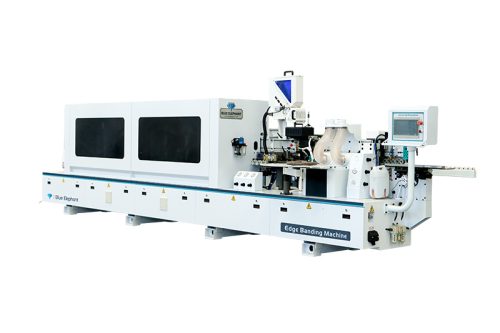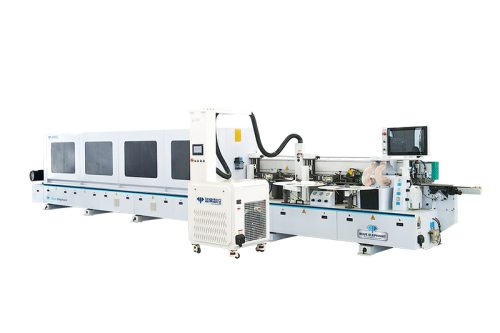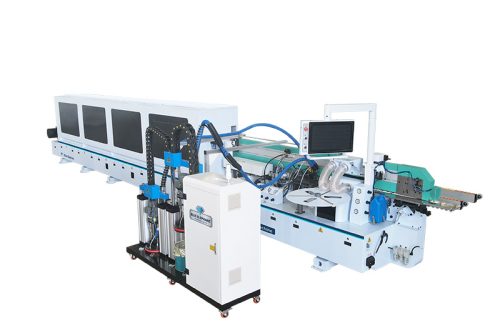I’ve seen it happen too many times. A business invests in top-tier CNC machines but struggles with inefficiencies—simply because their CAM software isn’t up to par.
The truth is, even the best hardware is only as good as the software driving it.
If you’re looking for the best CAM software, you need insights that go beyond marketing hype. That’s exactly what you’ll find here.
This list is built on real user experience, industry feedback, and extensive testing. No fluff—just practical recommendations that deliver results.
In this article, we’ll break down the top 10 CAM software for CNC, showing you how to:
- Optimize toolpaths for faster production
- Reduce material waste and increase profits
- Automate complex machining operations
So, let’s get started!
Quick Comparison Chart
With so many CAM solutions on the market, it can be hard to choose the one that fits your workflow best. Below is a straightforward comparison of the top 10 CAM software options—evaluating everything from compatibility to pricing flexibility, so you can make an informed decision for your operations.
| Software | Best For | Integration | Multi-Axis Support | Ease of Use | Pricing Model |
| Fusion 360 | Small to mid-size manufacturers | Full CAD/CAM in one | 2.5D to 5-Axis | High | Subscription-based |
| Mastercam | High-performance machining | Standalone with CAD add-ons | 2D to 5-Axis+ | Medium | Perpetual + modules |
| SolidCAM | SOLIDWORKS users | Full SOLIDWORKS integration | 2.5D to 5-Axis | Medium | Modular/per seat |
| Powermill | Complex, high-speed machining | Standalone (Autodesk ecosystem) | Advanced 5-Axis | Low | Subscription-based |
| GibbsCAM | Shops with multi-tasking machines | Standalone | Up to 5-Axis & mill-turn | High | Modular licensing |
| Edgecam | Turning and milling-focused workflows | Works with major CAD platforms | 2D to 5-Axis | Medium | Perpetual license |
| BobCAD-CAM | Budget-conscious small shops | Built-in CAD/CAM | 2.5D to 4-Axis | High | Modular/affordable |
| CAMWorks | SOLIDWORKS or Solid Edge users | Native CAD integration | 2.5D to 5-Axis | Medium | Modular + premium pricing |
| HSMWorks | SOLIDWORKS users needing HSM strategies | Full SOLIDWORKS integration | Up to 5-Axis | High | Subscription |
| SprutCAM | Robotic and complex multi-axis jobs | Standalone + robotic integration | 2.5D to 6+ Axis | Medium | Premium |
This table gives you a side-by-side look at what each software does best. Still unsure? Choose based on your workflow needs, CAD environment, and machining complexity.
1. Fusion 360
I remember the first time I used Fusion 360 in a real production setting. We were drowning in inefficiencies—file compatibility issues, clunky interfaces, and constant back-and-forth between CAD and CAM software. It was eating away at our productivity. Then we switched to Fusion 360, and suddenly, everything clicked.
This isn’t just another CAM software—it’s an all-in-one powerhouse that brings CAD, CAM, and CAE together in a single platform. And for businesses like yours, where speed and adaptability matter, that’s a game-changer.
You don’t have time to deal with software that slows you down. You need something fast, efficient, and built for modern manufacturing. That’s where Fusion 360 delivers.
Key Features
- Seamless CAD/CAM Integration: No more jumping between programs. Design, simulate, and generate toolpaths—all in one place.
- Cloud-Based Collaboration: Your team can work from anywhere. No more outdated files, lost progress, or clunky data transfers.
- Advanced Machining Capabilities: Whether it’s 2.5-axis, 3-axis, 5-axis, or even generative design, Fusion 360 has you covered.
- Automation & AI-Driven Optimization: Reduce manual programming time with intelligent toolpath generation and adaptive clearing.
- Affordable & Scalable: Unlike traditional CAM software that drains your budget, Fusion 360 offers powerful tools at a fraction of the cost.
Pros & Cons
Pros
- All-in-One Solution: Combines CAD, CAM, and CAE seamlessly, eliminating the need for multiple programs.
- User-Friendly Interface: Easy to learn, even for teams new to CAM software.
- Cost-Effective: Lower upfront and subscription costs compared to other high-end CAM solutions.
Cons
- Internet Dependency: Since it’s cloud-based, a stable internet connection is required for optimal performance.
- Limited Advanced Features in Free Version: Some high-end machining features require a paid subscription.
- Customization Limitations: While powerful, it may lack some deep customization options that specialized CAM software provides.
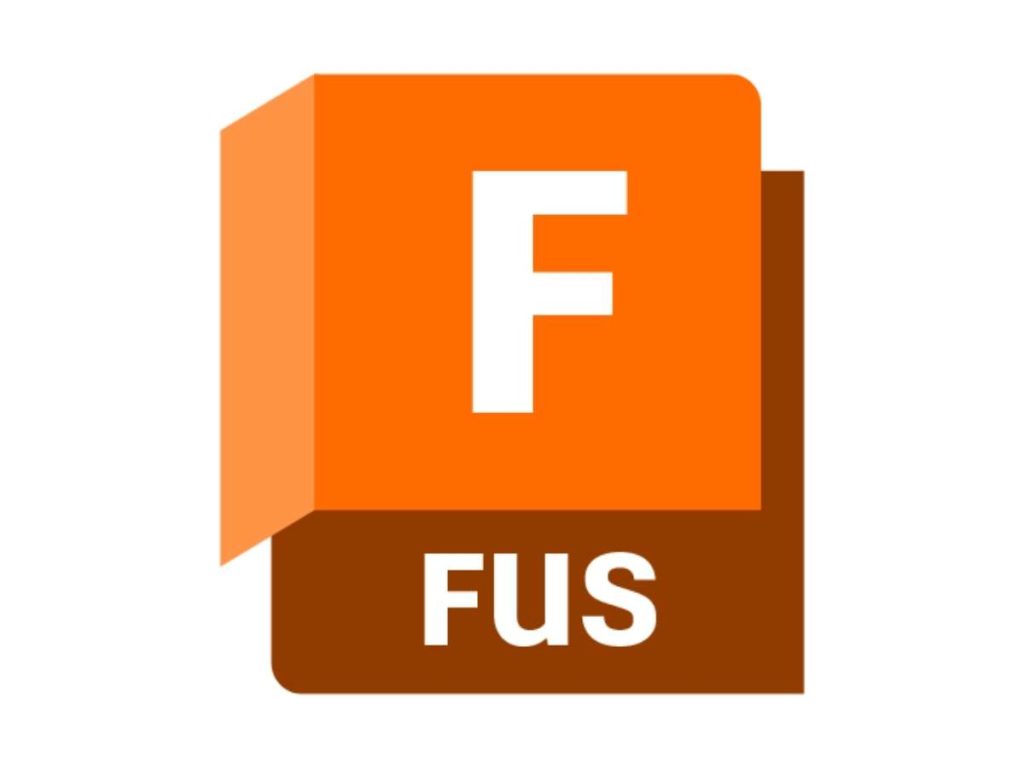
2. Mastercam
Mastercam is one of the most widely used CAM software solutions in the industry, known for its robust machining capabilities and customizable toolpaths. Whether you’re handling 2D, 3D, or multi-axis machining, Mastercam provides a comprehensive set of tools to optimize precision, efficiency, and productivity.
With a strong user community and extensive training resources, Mastercam is ideal for manufacturers looking for a reliable, high-performance CAM solution that can handle a variety of machining operations.
Key Features
- Advanced Toolpath Strategies: Supports 2D, 3D, multi-axis, and mill-turn machining for complex part geometries.
- High-Speed Machining (HSM): Reduces cycle times and extends tool life by optimizing feed rates and tool engagement.
- Customizable Post-Processors: Wide range of post-processing options for seamless G-code generation for various CNC machines.
- Integrated CAD Functionality: Includes built-in design tools, allowing engineers to make modifications without switching programs.
- Strong Community & Support: Extensive online resources, training programs, and user forums for ongoing learning and troubleshooting.
Pros & Cons
Pros
- Versatile & Scalable: Suitable for small shops for large-scale manufacturing operations.
- Highly Customizable: Advanced toolpath settings allow users to fine-tune machining processes.
- Strong Industry Adoption: Mastercam is widely used, meaning ample support and resources are available.
Cons
- Steep Learning Curve: Advanced features require significant training to master.
- High Cost: One of the more expensive CAM solutions, especially for multi-axis and full-suite versions.
- Resource-Intensive: Requires powerful hardware for optimal performance, especially for large and complex machining projects.
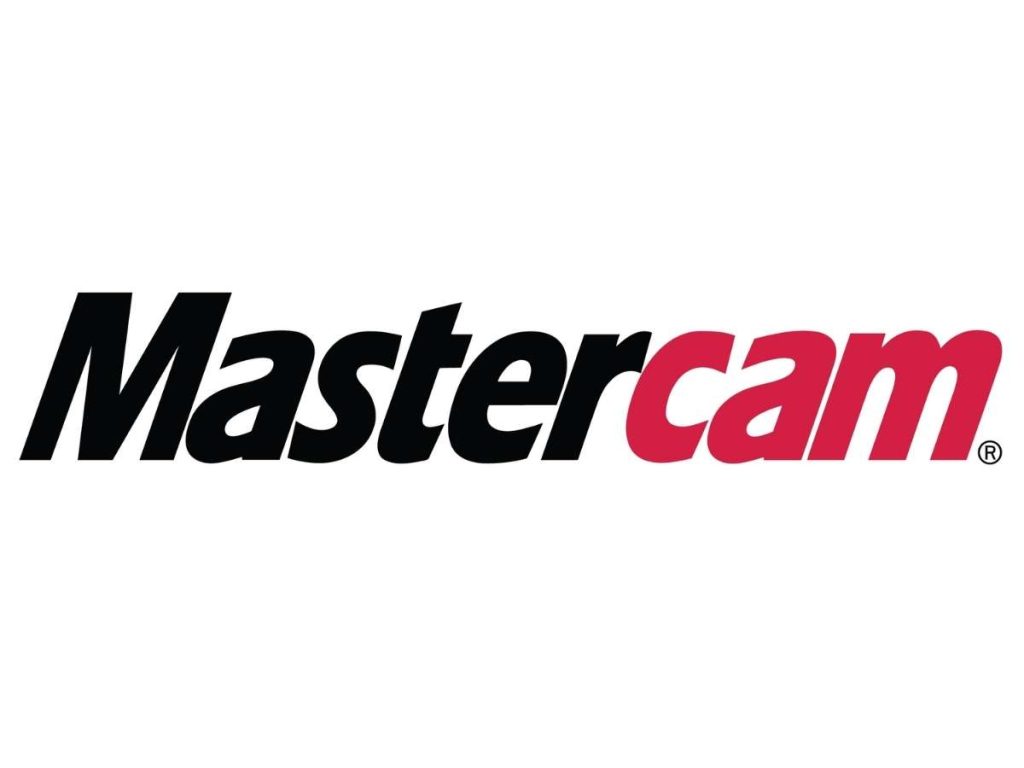
3. SolidCAM
SolidCAM is an industry-leading CAM software that fully integrates with SOLIDWORKS, making it a top choice for manufacturers who prefer seamless CAD/CAM workflows. Known for its iMachining technology, SolidCAM significantly reduces cycle times while optimizing toolpath efficiency.
If you’re looking for a powerful, easy-to-use solution that enhances your SOLIDWORKS environment, SolidCAM offers deep integration without the need for additional CAD software.
Key Features
- iMachining Technology: Reduces cycle time by up to 70% and increases tool life through adaptive cutting.
- Seamless SOLIDWORKS Integration: Works directly inside SOLIDWORKS, eliminating the need for data conversion.
- Multi-Axis Machining: Supports 2.5D, 3D, 4-axis, and 5-axis milling with precise toolpath control.
- Efficient G-Code Generation: Ensures high-quality output with customizable post-processing.
- User-Friendly Interface: Streamlined tools make it easier for SOLIDWORKS users to transition into CAM operations.
Pros & Cons
Pros
- Best for SOLIDWORKS Users: Ideal for manufacturers who already use SOLIDWORKS as their primary CAD software.
- iMachining Delivers Results: Saves time, material, and tool costs with intelligent toolpath strategies.
- Strong Customer Support: Offers detailed training, tutorials, and responsive technical support.
Cons
- Limited Standalone Capabilities: Heavily dependent on SOLIDWORKS, making it less flexible for non-SOLIDWORKS users.
- Higher Pricing for Advanced Features: Some high-end machining capabilities require additional paid modules.
- Resource Demanding: Requires a high-performance workstation for smooth operation, especially for multi-axis machining.
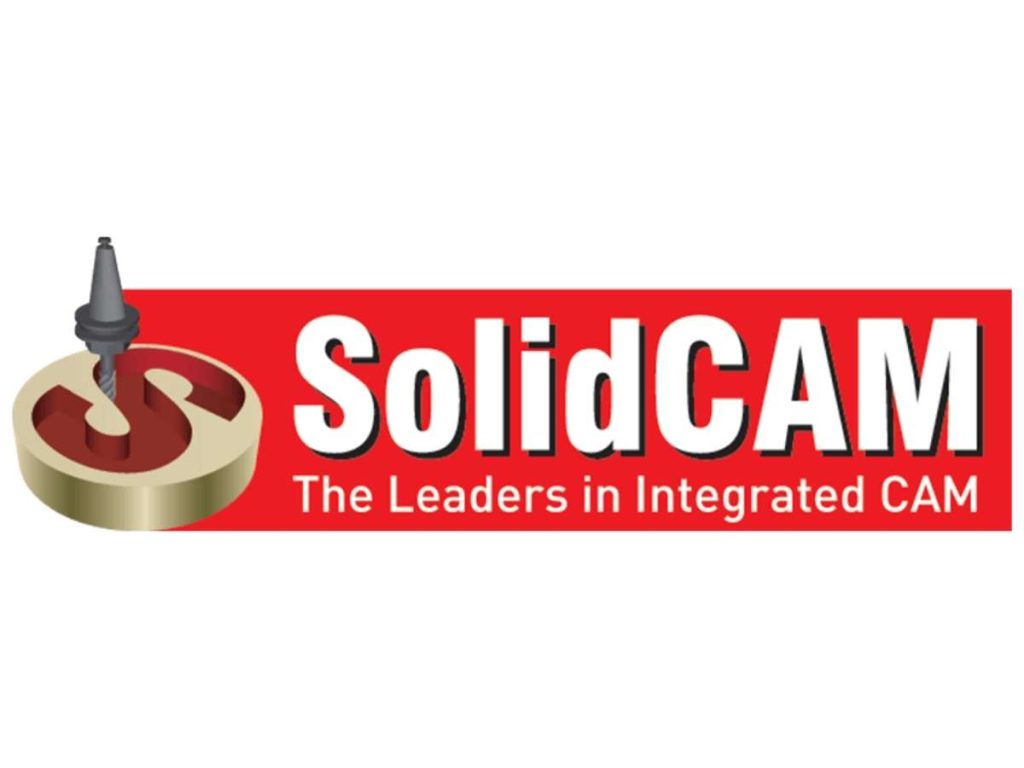
4. Autodesk Powermill
Autodesk Powermill is a high-performance CAM software designed specifically for complex, high-speed machining operations. It is widely used in aerospace, automotive, and mold-making industries, where precision and efficiency are non-negotiable.
If your business relies on multi-axis machining, intricate toolpaths, and high-speed cutting, Powermill offers advanced automation and AI-driven toolpath strategies to maximize productivity and surface quality.
Key Features
- Advanced 5-Axis Machining: Optimized toolpath strategies for complex geometries and high-precision components.
- High-Speed Roughing & Finishing: Reduces machining time while maintaining surface quality.
- AI-Powered Toolpath Optimization: Analyzes tool engagement and minimizes machine wear automatically.
- Collision Avoidance & Simulation: Prevents tool crashes with real-time machine simulation.
- Automation & Custom Scripting: Customize workflows to reduce programming time and increase efficiency.
Pros & Cons
Pros
- Best for High-Precision Machining: Ideal for industries requiring ultra-precise, high-quality finishes.
- Powerful 5-Axis Support: Handles multi-axis toolpaths with efficiency and precision.
- Automated Toolpath Optimization: AI-driven automation reduces programming time and machine wear.
Cons
- Expensive Licensing: Higher cost compared to other CAM software, especially for full-featured versions.
- Steep Learning Curve: Requires advanced CAM knowledge, making it less beginner-friendly.
- High Hardware Requirements: Needs a high-performance workstation for optimal results.

5. GibbsCAM
GibbsCAM is known for its intuitive interface and powerful machining capabilities, making it a top choice for CNC turning, milling, and multi-task machining. It is designed to simplify complex programming tasks, making it ideal for both small machine shops and large industrial manufacturers.
If you need a fast, user-friendly CAM system that delivers high-quality toolpaths with minimal programming time, GibbsCAM is built for speed and efficiency.
Key Features
- Intuitive, User-Friendly Interface: Designed for ease of use, allowing machinists to quickly program toolpaths.
- Multi-Axis & Multi-Task Machining: Supports 2D, 3D, 5-axis milling, and Swiss-style turning.
- Powerful Post-Processing: Generates optimized G-code for a wide range of CNC machines.
- Fast & Efficient Toolpath Creation: Reduces programming time with automated features.
- Modular System: Purchase only the features you need, keeping costs manageable.
Pros & Cons
Pros
- Easy to Learn & Use: One of the most intuitive CAM systems, reducing the learning curve.
- Flexible & Scalable: Modular design allows businesses to add features as needed.
- Strong CNC Machine Compatibility: Works with a wide range of machine tools and controllers.
Cons
- Limited CAD Capabilities: Primarily focused on CAM, requiring separate CAD software for complex designs.
- Higher Cost for Full Suite: Individual modules can increase overall pricing when scaling up.
- Less Customization Compared to Competitors: Some users may find fewer advanced scripting options.

6. Edgecam
I’ve seen firsthand how poor CAM software can bring production to a halt—missed deadlines, wasted materials, and endless rework. It’s frustrating. But when I came across Edgecam, it was a different story. Suddenly, machining became smarter, smoother, and more predictable.
If you’re tired of CAM systems that overcomplicate simple tasks, Edgecam is the game-changing solution you need. It doesn’t just generate toolpaths—it understands your machining process.
Key Features
- Automatic Feature Recognition: Instantly identifies holes, pockets, and complex geometry to speed up programming.
- Intelligent Toolpath Generation: Uses adaptive machining strategies to maximize cutting efficiency and tool life.
- Seamless CAD Integration: Works effortlessly with SOLIDWORKS, Autodesk Inventor, and other CAD platforms.
- Multi-Axis Machining: Supports 2D, 3D, 4-axis, and 5-axis machining, making it versatile for any job.
- High-Performance Turning & Milling: Handles everything from simple lathes to multi-tasking mill-turn centers.
Pros & Cons
Pros
- AI-Powered Automation: Reduces programming time with smart feature recognition.
- Exceptional Surface Finish: Delivers smoother, more precise cuts, reducing secondary operations.
- Strong CAD Compatibility: Works with most major CAD systems for a seamless workflow.
Cons
- Steep Learning Curve: Some advanced features require training to master.
- High Initial Cost: Premium features come at a price, making it less budget-friendly for smaller shops.
- Limited Customization: Less flexibility for heavily modified toolpaths compared to other CAM solutions.
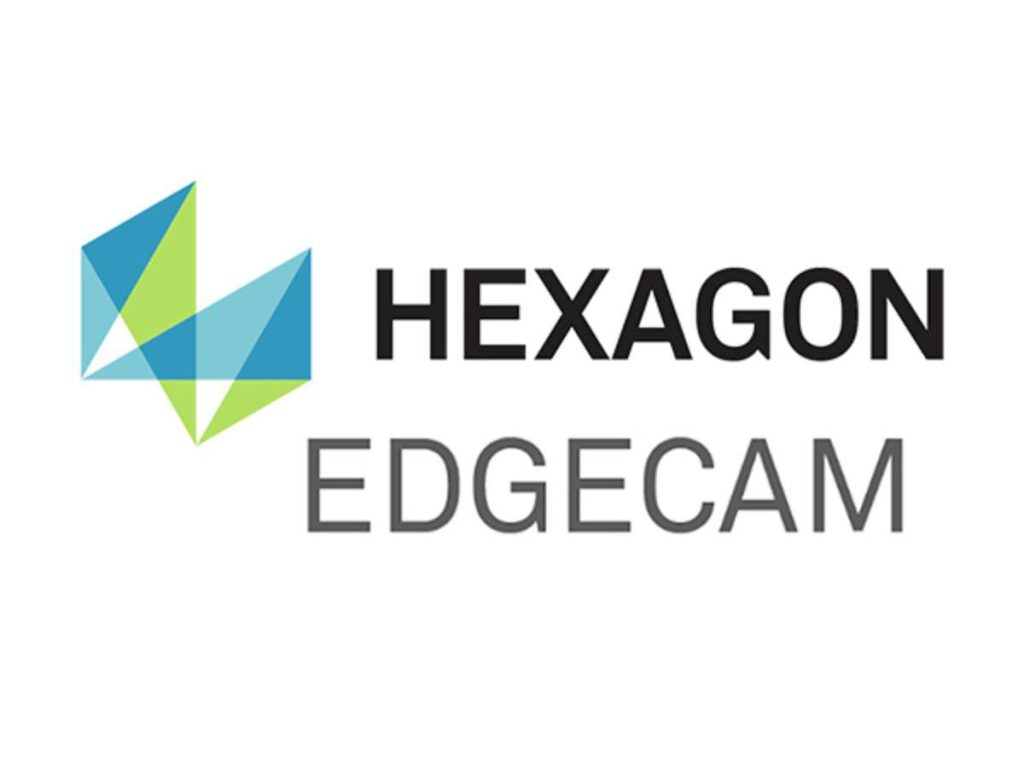
7. BobCAD-CAM
If you’re looking for a cost-effective yet powerful CAM software, BobCAD-CAM is a solid choice. It provides advanced machining capabilities without the hefty price tag of high-end CAM systems. Designed for small to mid-sized manufacturers, BobCAD-CAM delivers intuitive programming and seamless CAD/CAM integration.
This software is ideal for businesses needing 2.5D, 3D, multi-axis machining, and CNC turning solutions without overspending. With modular pricing, you only pay for the features you need.
Key Features
- Integrated CAD & CAM: Streamlines design and machining in one environment.
- 2.5D, 3D, and Multi-Axis Support: Handles simple to complex machining operations.
- Adaptive Toolpath Technology: Optimizes cutting strategies for efficiency and reduces tool wear.
- Customizable Post-Processing: Generates precise G-code for various CNC controllers.
- Affordable, Modular Licensing: Buy only the features you need, keeping costs manageable.
Pros & Cons
Pros
- Budget-Friendly: Lower-cost alternative to premium CAM software.
- Easy to Learn & Use: User-friendly interface makes programming accessible.
- Scalable: Modular structure allows feature expansion as business needs grow.
Cons
- Limited High-End Features: Lacks some advanced automation tools found in high-end CAM systems.
- Basic User Interface: Less polished compared to more expensive competitors.
- Weaker Multi-Axis Capabilities: Not as advanced as Mastercam or Powermill for complex 5-axis machining.
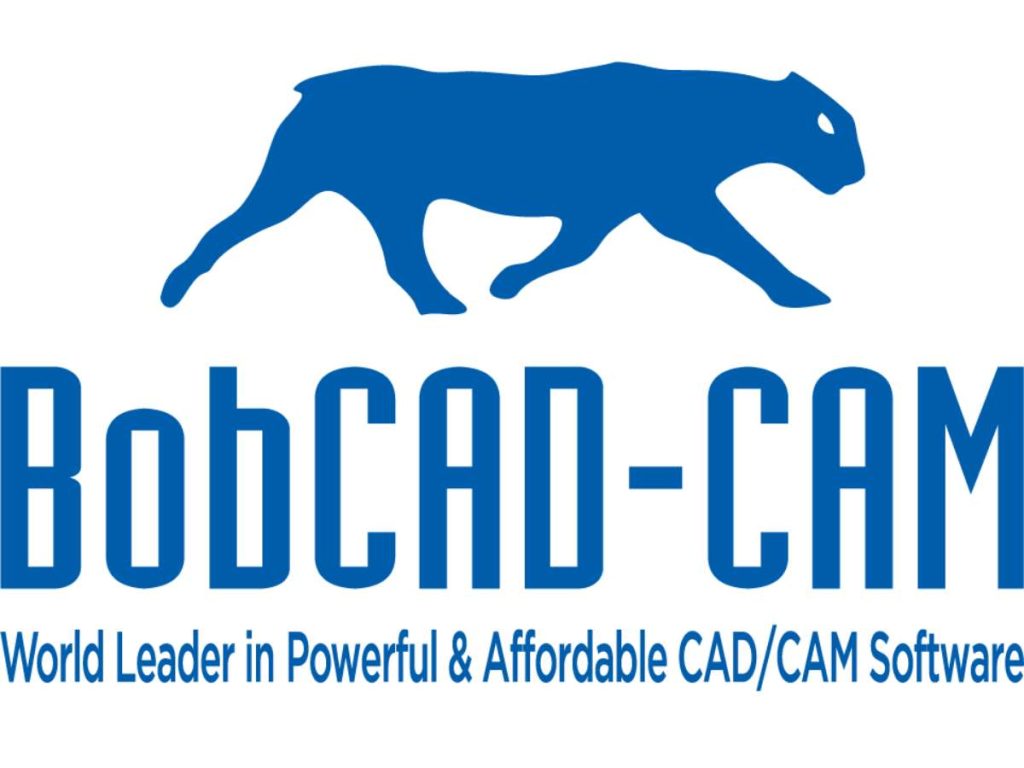
8. CAMWorks
CAMWorks is a feature-rich, AI-driven CAM solution that integrates directly into SOLIDWORKS and Solid Edge. It provides automated toolpath generation, minimizing programming time and reducing human error.
For manufacturers seeking seamless CAD/CAM integration, CAMWorks offers efficiency, automation, and precision without requiring external software.
Key Features
- SOLIDWORKS & Solid Edge Integration: Runs natively inside your CAD system, eliminating file transfers.
- Feature-Based Machining (FBM): Automates toolpath generation, reducing programming time.
- Multi-Axis Machining: Supports 2.5D, 3D, 4-axis, and 5-axis machining operations.
- Automated Feature Recognition: Identifies holes, pockets, and other geometries for optimized toolpaths.
- Comprehensive Post-Processing: Generates G-code for various CNC controllers with minimal manual edits.
Pros & Cons
Pros
- Seamless SOLIDWORKS Integration: Works directly within CAD software, improving workflow efficiency.
- Automation & AI-Driven Toolpaths: Reduces manual programming effort with Feature-Based Machining.
- Advanced Multi-Axis Support: Suitable for high-precision and complex machining.
Cons
- Dependent on SOLIDWORKS: Not a standalone CAM solution, limiting its flexibility.
- Higher Learning Curve: Automation tools require training to maximize efficiency.
- Premium Pricing for Full Suite: More expensive than BobCAD-CAM or Edgecam.
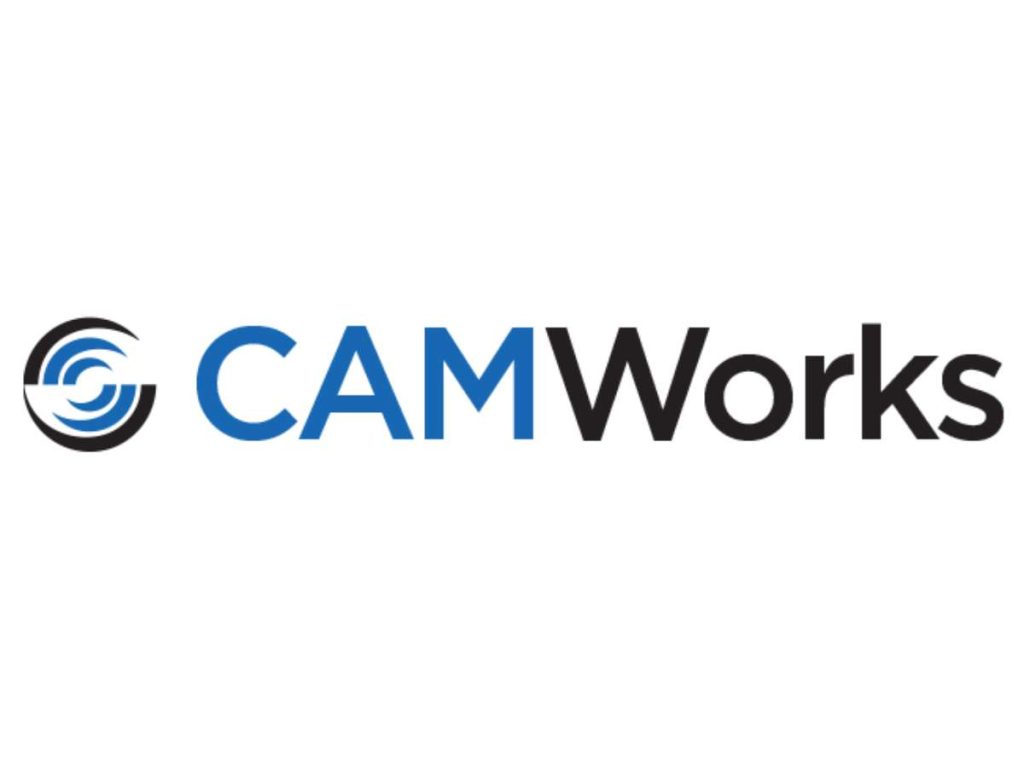
9. HSMWorks
HSMWorks is a high-speed machining (HSM) optimized CAM software designed to work natively within SOLIDWORKS. It provides intelligent toolpath strategies, seamless integration, and reduced programming time, making it a top choice for manufacturers who prioritize efficiency and precision.
Key Features
- Full SOLIDWORKS Integration: Operates inside SOLIDWORKS, eliminating compatibility issues.
- High-Speed Machining (HSM) Strategies: Uses adaptive clearing to optimize cycle times and tool life.
- Multi-Axis Machining Support: Enables 2.5D, 3D, 4-axis, and 5-axis toolpath generation.
- Cloud-Based Collaboration: Autodesk cloud connectivity allows easy file sharing and team collaboration.
- Post-Processor Customization: Delivers precise G-code generation for various CNC machines.
Pros & Cons
Pros
- Seamless CAD/CAM Workflow: Works natively inside SOLIDWORKS, improving design-to-production efficiency.
- High-Speed Machining Benefits: Reduces cycle times while increasing tool life.
- User-Friendly Interface: Intuitive and easy to learn, making it accessible for machinists and engineers alike.
Cons
- Requires SOLIDWORKS: Not a standalone CAM solution, making it less versatile for non-SOLIDWORKS users.
- Limited Advanced Multi-Axis Features: While it supports 5-axis machining, it’s not as powerful as Powermill or Mastercam.
- Subscription-Based Model: Licensing costs can add up over time compared to one-time purchase options.

10. SprutCAM
SprutCAM is a versatile CAM solution known for its strong support for robotics and CNC automation. Unlike traditional CAM software, SprutCAM offers real-time simulation and AI-driven toolpath optimization, making it a powerful choice for businesses working with robotic arms, multi-axis machining, and complex CNC applications.
If your business focuses on robotic programming, multi-axis milling, or automated machining, SprutCAM provides unmatched flexibility and efficiency.
Key Features
- Robotic Machining Capabilities: Supports robot arm programming and multi-axis machining in one platform.
- AI-Based Toolpath Optimization: Adjusts toolpaths automatically to improve cutting efficiency.
- 3D Simulation & Collision Detection: Prevents errors before machining, reducing waste and rework.
- Comprehensive CNC Support: Works with mills, lathes, routers, plasma, laser, and waterjet machines.
- Integrated CAD Features: Allows basic part modifications without switching software.
Pros & Cons
Pros
- Best for Robotic & Advanced CNC Applications: Ideal for robotic machining, multi-axis milling, and industrial automation.
- AI-Powered Toolpath Optimization: Reduces manual programming time and improves machining efficiency.
Cons
- Higher Learning Curve: Requires time and training to master robotic programming features.
- Premium Pricing for Full Capabilities: Advanced automation features come at a higher cost.
- Limited CAD Functionality: Lacks the deep design tools found in Fusion 360 or SOLIDWORKS.
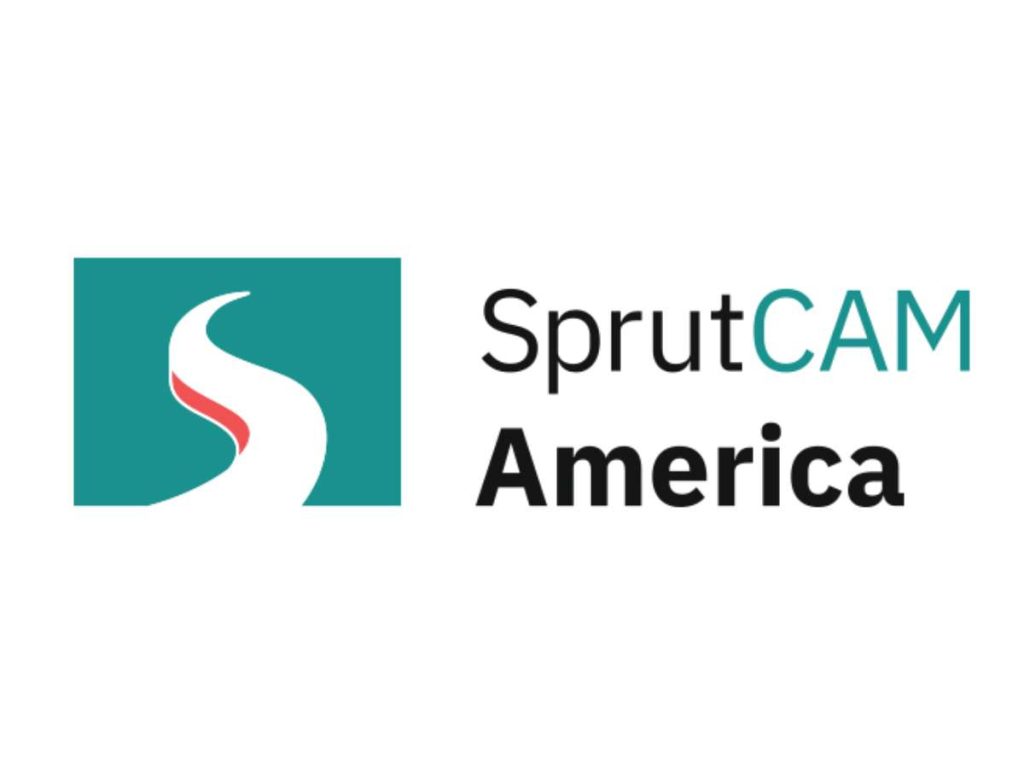
Are You Looking for a CNC Machine That Integrates with Any CAM Software?
Struggling with compatibility issues, inefficient toolpaths, or software limitations? A CNC machine should work effortlessly with your CAM system, not create bottlenecks.
That’s why Blue Elephant CNC machines are engineered for seamless integration, giving you precision, flexibility, and efficiency—without the hassle.
Why Blue Elephant CNC?
- Universal Compatibility: Works flawlessly with Fusion 360, Mastercam, SolidCAM, and more.
- High-Speed Precision: Optimized for smooth, accurate machining across industries.
- Customizable Configurations: Tailored to match your specific production needs.
- Smart Automation: Reduces programming time with intelligent machining features.
- Reliable Performance & Support: Built for long-term durability with expert after-sales service.
Don’t let software compatibility slow you down. Upgrade to a CNC machine that works with you, not against you. Let’s talk.
Conclusion
The right CAM software transforms CNC machining, just like it did for us. We went from wasted time and rework to seamless operations, all by making the right choice.
Now, you have the same opportunity.
Whether you need better toolpaths, higher precision, or automation, the software in this list will help you take control of your workflow. Don’t settle for inefficiency—upgrade today.
Need expert guidance?
Contact us today, and let’s find the perfect solution for your business!


